![]() The information provided by our expert should not constitute a diagnosis of your condition. Always consult a medical practitioner or healthcare provider for a formal diagnosis. By making use of this content, you agree that ConceiveEasy and the expert assume no liability.
The information provided by our expert should not constitute a diagnosis of your condition. Always consult a medical practitioner or healthcare provider for a formal diagnosis. By making use of this content, you agree that ConceiveEasy and the expert assume no liability.
You and your partner made the life-changing decision to try for a baby! Congratulations! You are about to embark on a different kind of journey that you have never been on (unless you already have a child or children and want to expand your family). Claim Your 20 Free Pregnancy Tests – Click Here
However, even if you already have kids, (and you did get pregnant without even trying, consider that luck if that is the case!), you are still going to have questions on what steps to take in order to achieve a pregnancy.
The first step to take every time you are planning to conceive is to make an appointment with your doctor to make sure that your health is up to par.
If you need to make changes to your weight, you need to do so before you start trying (or if you are well into the process of losing weight or gaining weight the healthy way, and once your body is used to your changes you can start as well). You will need to have your blood pressure and blood sugar levels assessed.
If you have high blood pressure, you will need to take steps to be careful while trying to get pregnant and during your pregnancy.
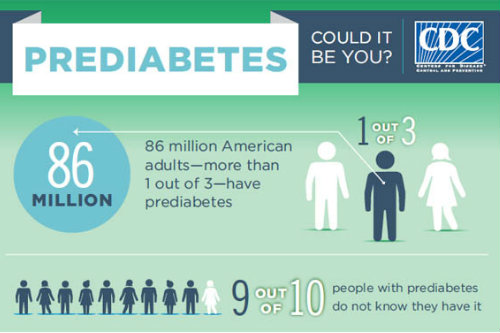
If you are prediabetic, then you also need to take steps to be cautious because the odds would be higher in your case that you could develop gestational diabetes during your pregnancy, and that is a complication that you don’t want to face.
That all said, once your health is assessed, and if you need to make changes to your lifestyle, then you will know to do that. Chances are your doctor will give you the green light as far as attempting to conceive even if you have to make changes to your health and lifestyle.
The first thing to do is to get to know your cycle. That is because, in order to achieve a pregnancy, you need to have sex at the right times!
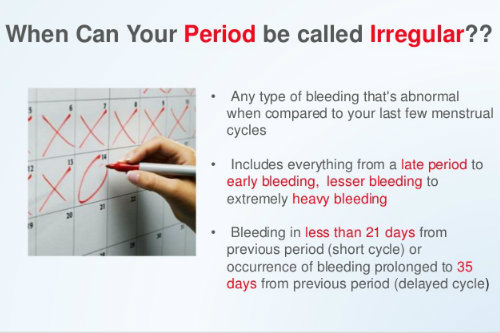
That means you have to know when you are ovulating, and if your cycles are irregular, then you will need to point that out to your doctor because you may need assistance in order to regulate your cycle! But even so, let’s not go there quite yet.
You may be wondering how to know your cycle and how to find out when you are ovulating. There are several ways to determine this and let’s go through these methods right now:

Your doctor is likely going to tell you that in order to start charting your cycles, to try this method first. The way to do this is to buy a body basal thermometer, and you can get those at any drug store such as CVS and Walgreens.
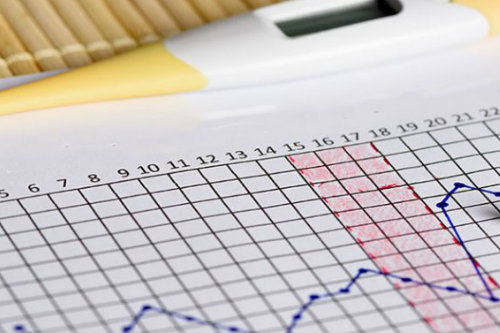
This is not the same kind of thermometer you use to check to see if you are running a fever. This thermometer measures your basal temperature and there will be a spike whenever you ovulate.
So this is what you need to do. Purchase a basal body thermometer, and also buy some graph paper (though these thermometers come with a graph in most cases).
However, to be safe, purchase the graph paper anyway. What you will do is as soon as you start your period, you will take your temperature each morning before you even more.
If you move, then the temperature will not be accurate. You don’t want that to happen.
In order to keep your temperature accurate, you need to literally not move when you take your temperature. That means you must stay put right after waking up to take it, and then once you do, you can go to the bathroom.
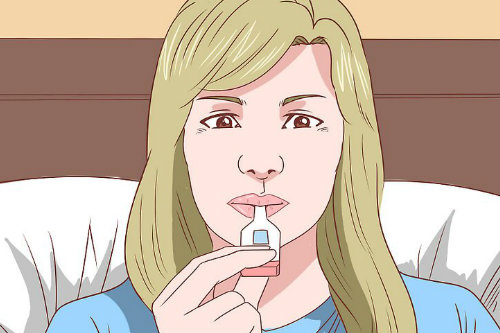
So in order to minimize any movement, just keep the thermometer by your bed and place it on your nightstand where you can reach it without having to move other than grabbing the thermometer. Once you take it, record the temperature on the graph.
Keep doing this and, at some point in your cycle, you will notice a spike which is less than 1-degree Fahrenheit. That spike is a sign that you have ovulated, and the temperature will stay up until you get your period again.
Be sure to do this for 3 months before you start actively trying to get pregnant. That is because you need to see a pattern over the last 3 months of when in your cycle you ovulate.
If you have a 30-day cycle, and you notice the spike happening on day 16 or 17 over the last 3 months, then you will know that is the day you are ovulating!
However, you don’t want to have sex on day 16 or 17 in this instance. That is because once you have ovulated, the egg will only stay good for 12 to 24 hours and by the time you get to it, it would likely be too late for a pregnancy to happen.
And, you also don’t want to only rely on this method to chart. You will need to check your cervical mucus texture as well.

Since you are already aware of the fact that you ovulate on a given day of your cycle based on what you noticed when you were charting with the basal body thermometer, there is another way to find out how close you are to ovulation- this is even more important when you are trying to conceive actively!
The way to do this is to check the texture of your cervical mucus. After you have your period, and once it is over, you will have dry mucus and it will be scant. As your cycle progresses, it will be sticky and cloudy.

That is still too early in your cycle to be fertile. However, once the mucus becomes abundant, and has a consistency and appearance of raw egg-whites- then this is the time to have sex when you are actively trying to conceive.
You will end up having this type of mucus about 1 to 3 days before ovulation. The reason that the mucus has this consistency is that it is nature’s way of allowing the sperm to travel to the egg.
After you ovulate, you will have sticky and cloudy mucus again- this means if you missed out on trying to conceive during this cycle, then you will have to wait to try for the next month.
There is also another way to chart your cycles to find out when or if you are ovulating! That is through ovulation prediction kits, and let’s talk about that a little more:
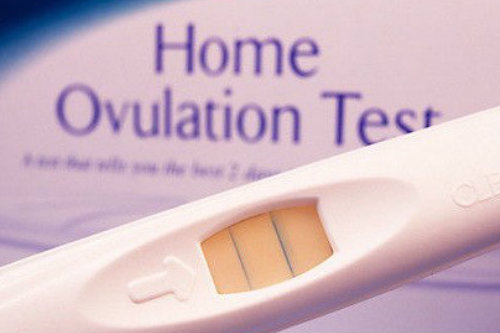

The recommendation is to not use these kits until you have a good idea of when your fertile time is in your cycle. They are not too expensive if you don’t need to use them often, but they only come with 5 testing strips.
This kit looks for the rise in your luteinizing hormone (LH) and that is a sign that ovulation will happen in 24 to 48 hours.
This means if you know you ovulate roughly on day 16 to 17, and you start getting your egg-white mucus around day 14, then you will want to test around that time as well (or you can test a day before).
If the LH surge is detected, then that is the magical time to start trying to conceive in order to maximize your odds of getting pregnant.
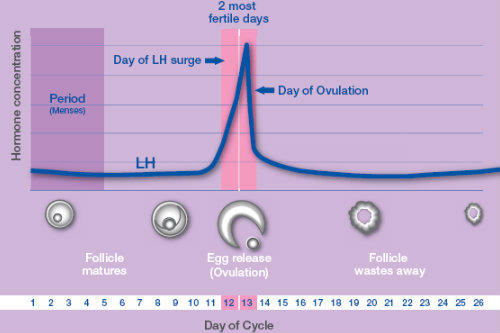
Now you know what to do in order to find out when you are ovulating, you are also likely wondering how often you should have sex. Let’s talk more about that.

Some women think that they don’t need to bother charting because of the fact that if they have sex every day of their cycle, then that alone should increase their odds of conceiving. However, that is false.
Even if a pregnancy was achieved that way in the past (which was pure luck), it is wrong. It is important to know when the fertile time in the cycle is because you don’t want to have too much sex prior to that.
The man’s sperm count will deplete quickly if sex happens each day! Even though it is true that the sperm can survive for several days in the woman’s reproductive tract, if the timing is wrong, then pregnancy cannot happen.
That said, the ideal times in the woman’s cycle to have sex is 3 days before ovulation, 1 day before ovulation, and it can be done for “insurance” during the day of ovulation.
So if intercourse is saved for those times, and those times in the cycle only- then a man with a normal sperm count, with normal motility and morphology will not have depleted sperm.
Therefore, the ways to maximize a pregnancy happening is to get to know the cycle well by charting for 3 months before you actively try to conceive.
Once you know when your fertile time is, then have sex 3 days before ovulation, then again 1 day before ovulation, and you can do it again during the day of ovulation. There is no reason that a pregnancy should not happen fairly quickly by using that method to conceive.
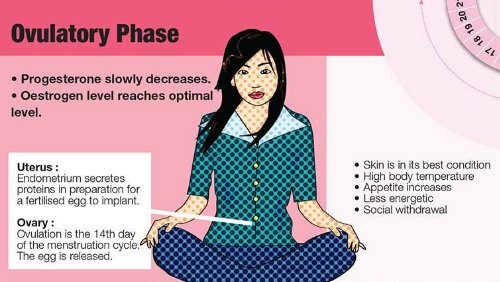
However, you may also be wondering what will happen if you are charting but you are noticing that you are not ovulating- especially if you have irregular cycles. In that case, you don’t want to start attempting to conceive because you will not get pregnant if you are not ovulating.
Let’s talk about this issue further.

If you have regular cycles, even if they are off by a few days here and there then the odds are greatly in your favor that you are ovulating. However, if you have a history of irregular periods, and you are noticing that there is no sign of ovulation while charting- that is because you are not, and the issue needs to be addressed.
You will have to see your doctor and start having blood work done, and cycle monitoring to determine whether you are not ovulating or you are missing the signs.
If it is confirmed that you are not ovulating, then your doctor will prescribe you Clomid, which is a mild fertility drug which helps women who don’t ovulate on a regular basis begin to ovulate.
You will also be given a prescription for a drug called pregnyl, which is a shot of hCG, and that will help keep your progesterone levels up after ovulation so the potential embryo has a chance to implant. You will also want to eat foods that are fertility friendly in order to help things along with ovulating.
If you are seeing that you are ovulating while on Clomid, and charting, and having sex 3 days before ovulating, then 1 day before and then the day of, and you have not achieved a pregnancy in 6 months to a year, then chances are your partner has a problem with his sperm count.
That being said, then you will need to have fertility intervention if that has been found. This will mean that your partner will have to give his doctor sperm samples to confirm that is the cause for the failure to conceive.
If the low sperm count, motility or morphology (or all 3) have been confirmed, then the first thing that will need to be done is attempting a pregnancy by intrauterine insemination (IUI) and try that for 6 months.
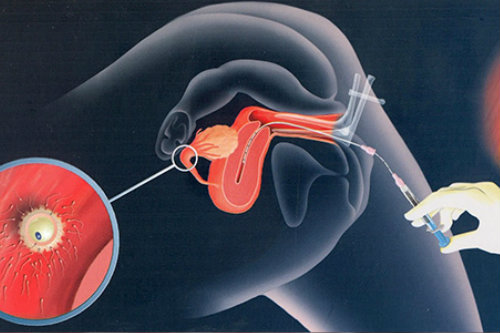
Odds are a well-timed insemination the day before ovulation happens (as you would be monitored carefully by the clinic), a pregnancy will be achieved within 6 months.
If not, then the next step will have to be looked into which is IVF. However, most couples who face this issue don’t need to go that route unless it is in more extreme cases.
However, let’s assume that you and your partner are healthy, and you are ovulating regularly, and he has a normal sperm count.
Now you know what to do to find out when you are fertile, and you also know what to do when it comes to how often to have sex in order to increase your chances of getting pregnant.
Good luck!


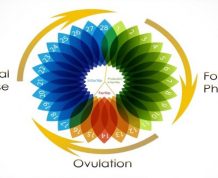







Comments